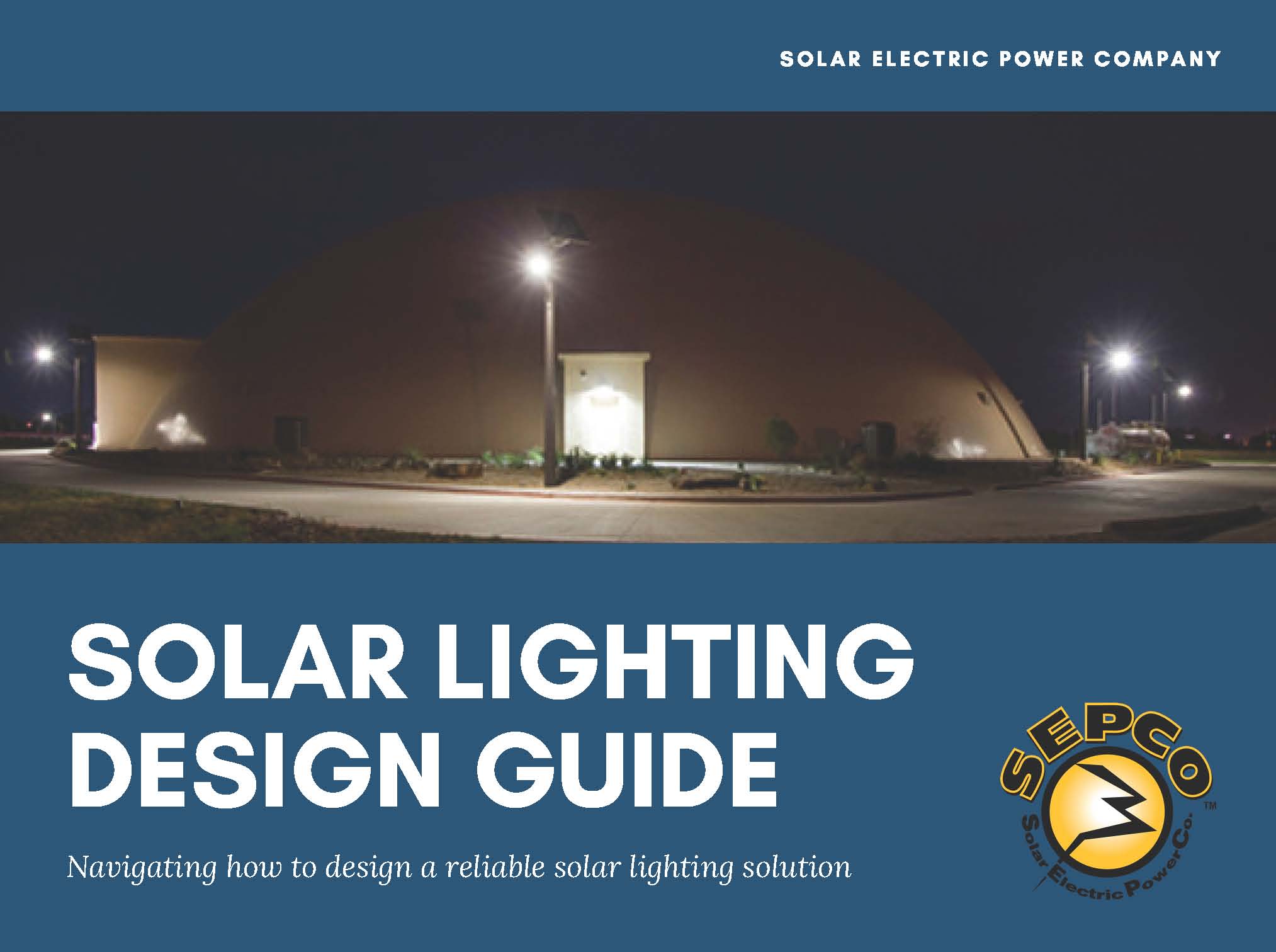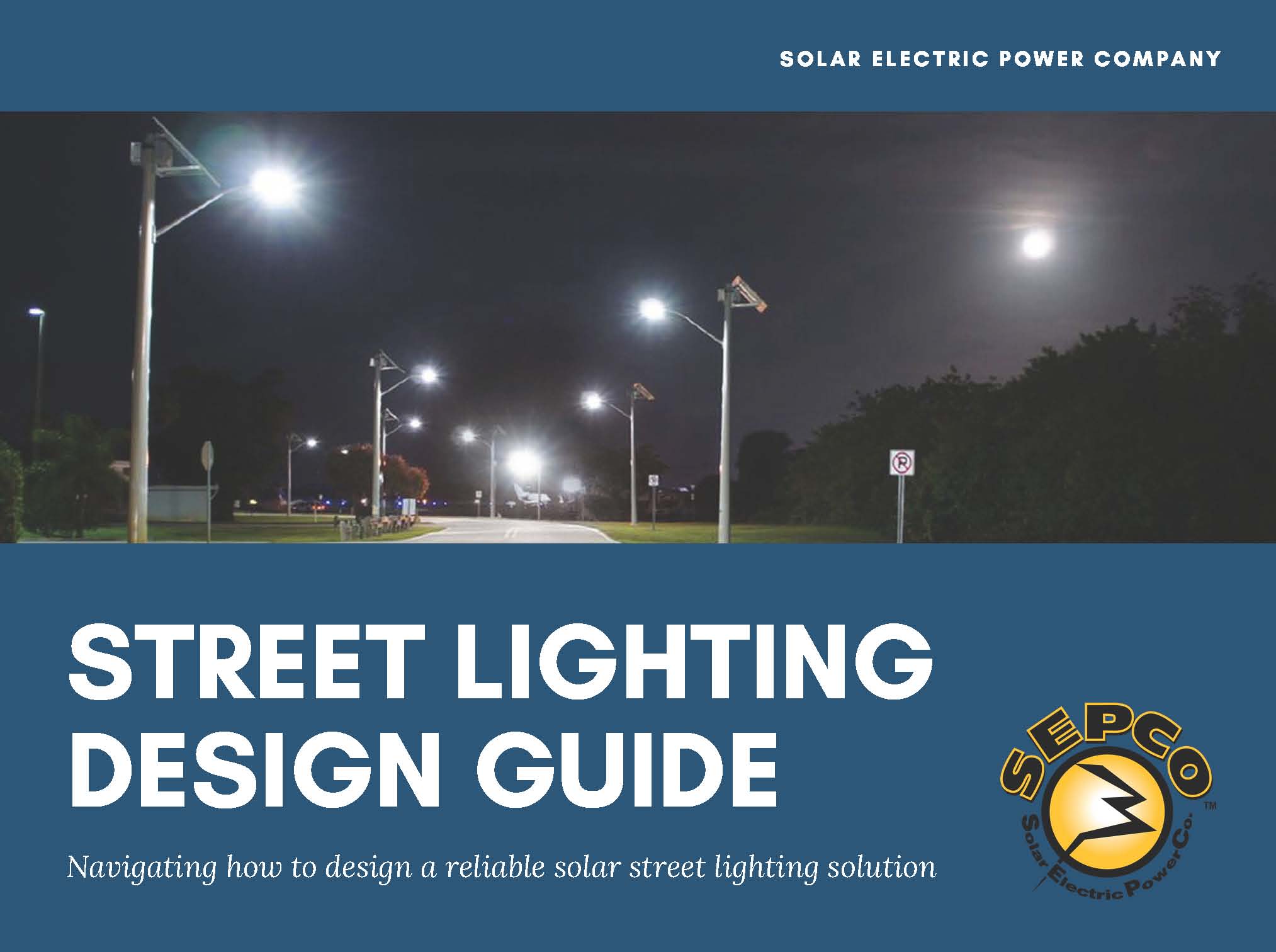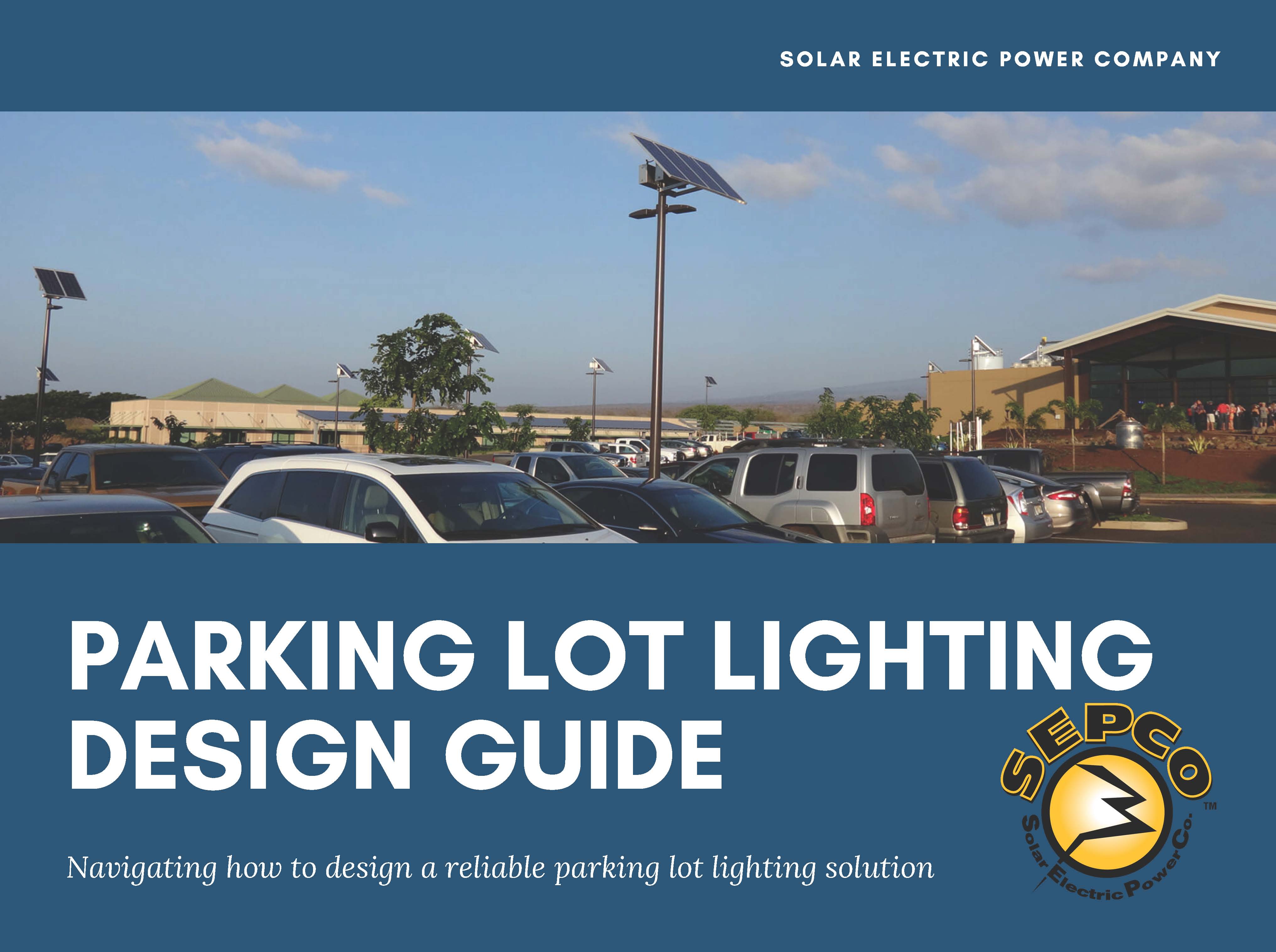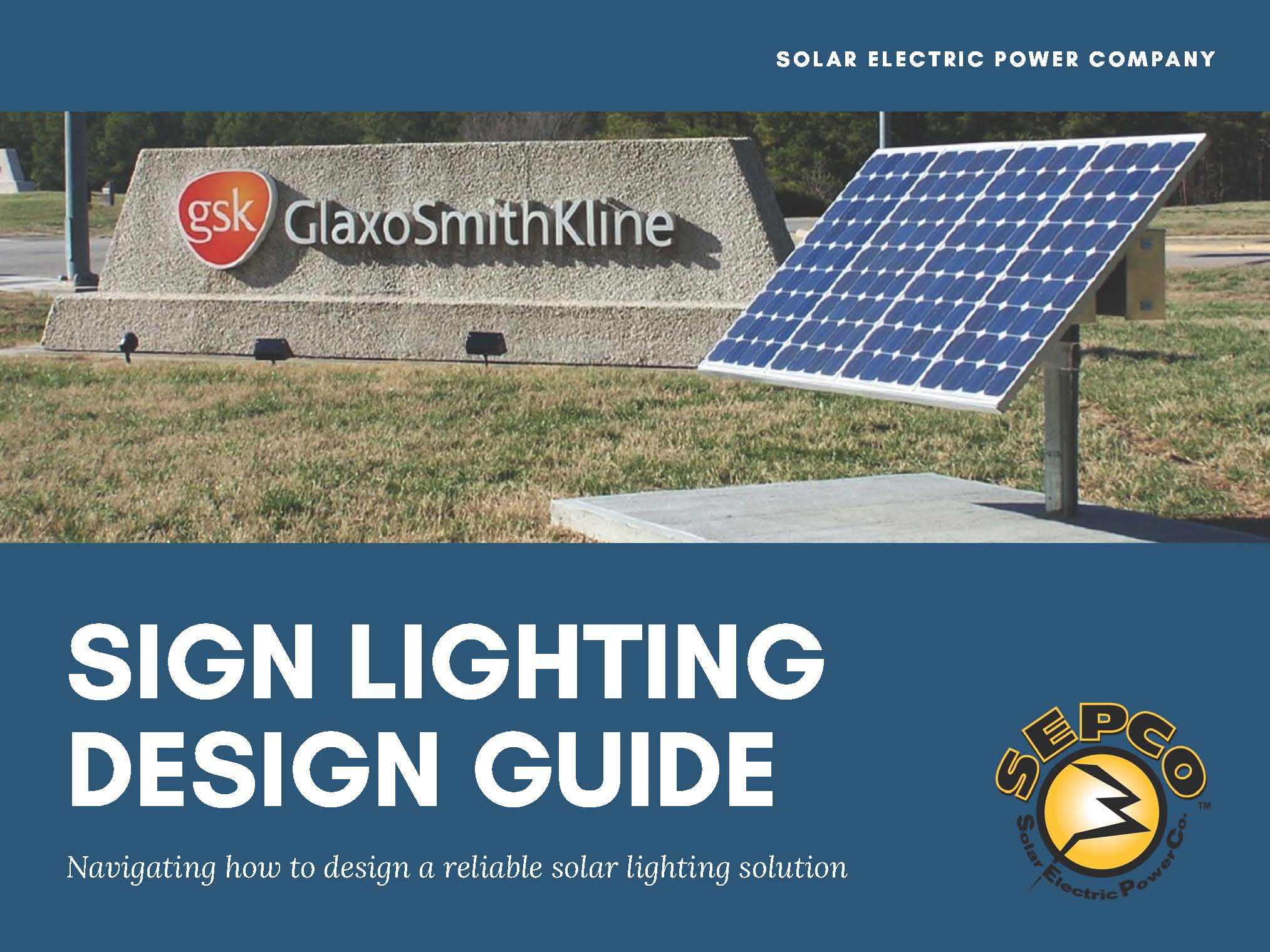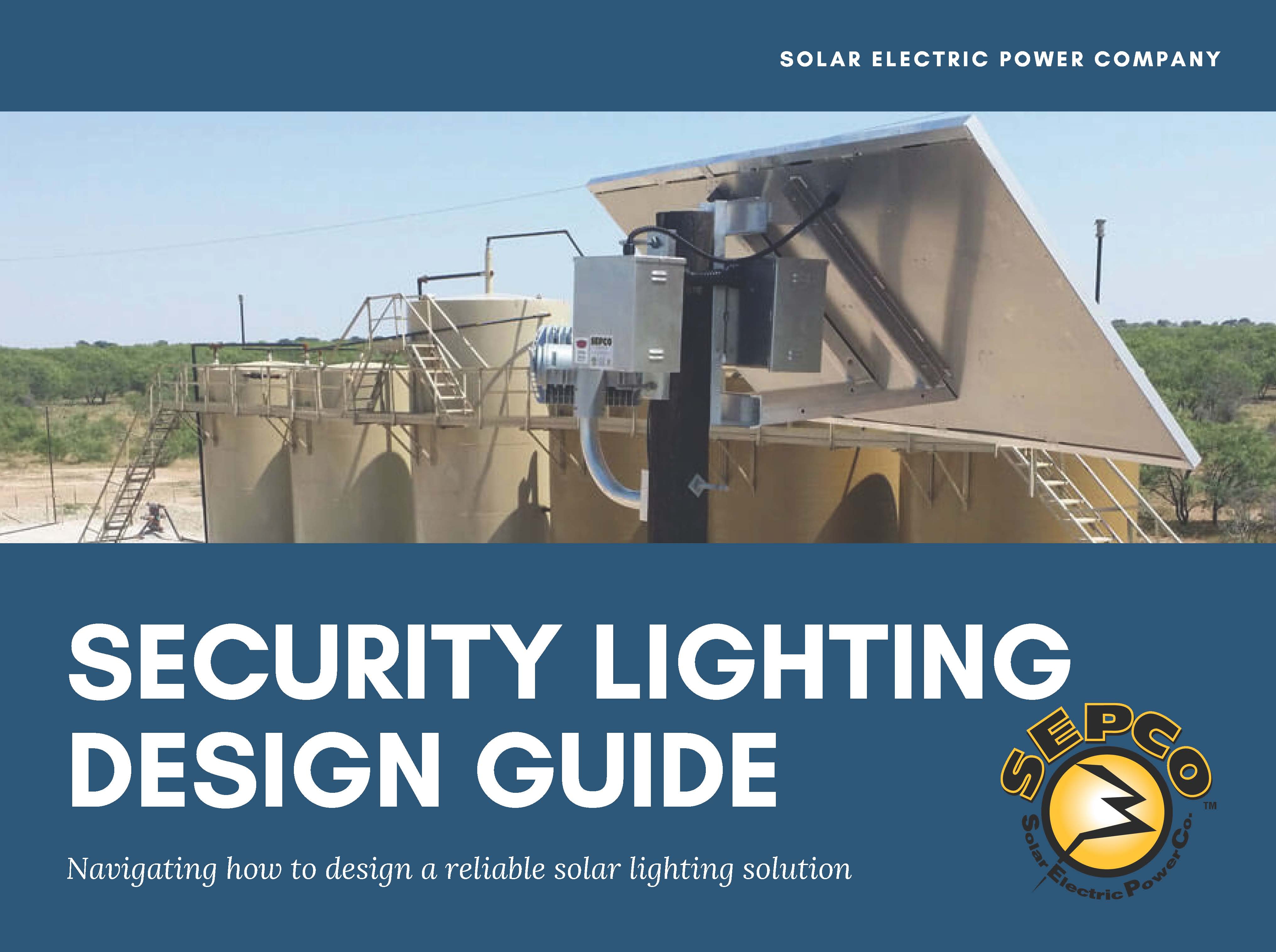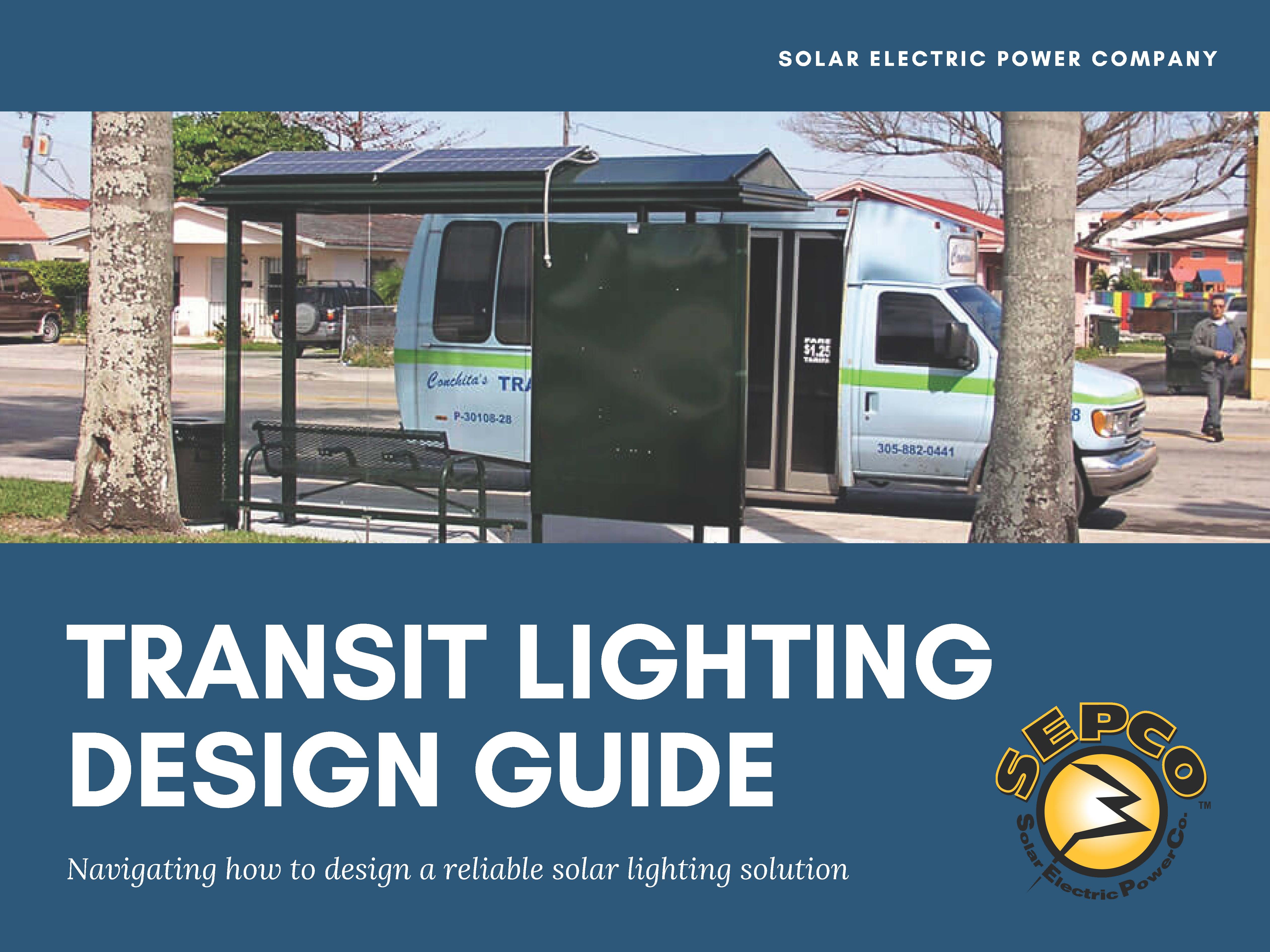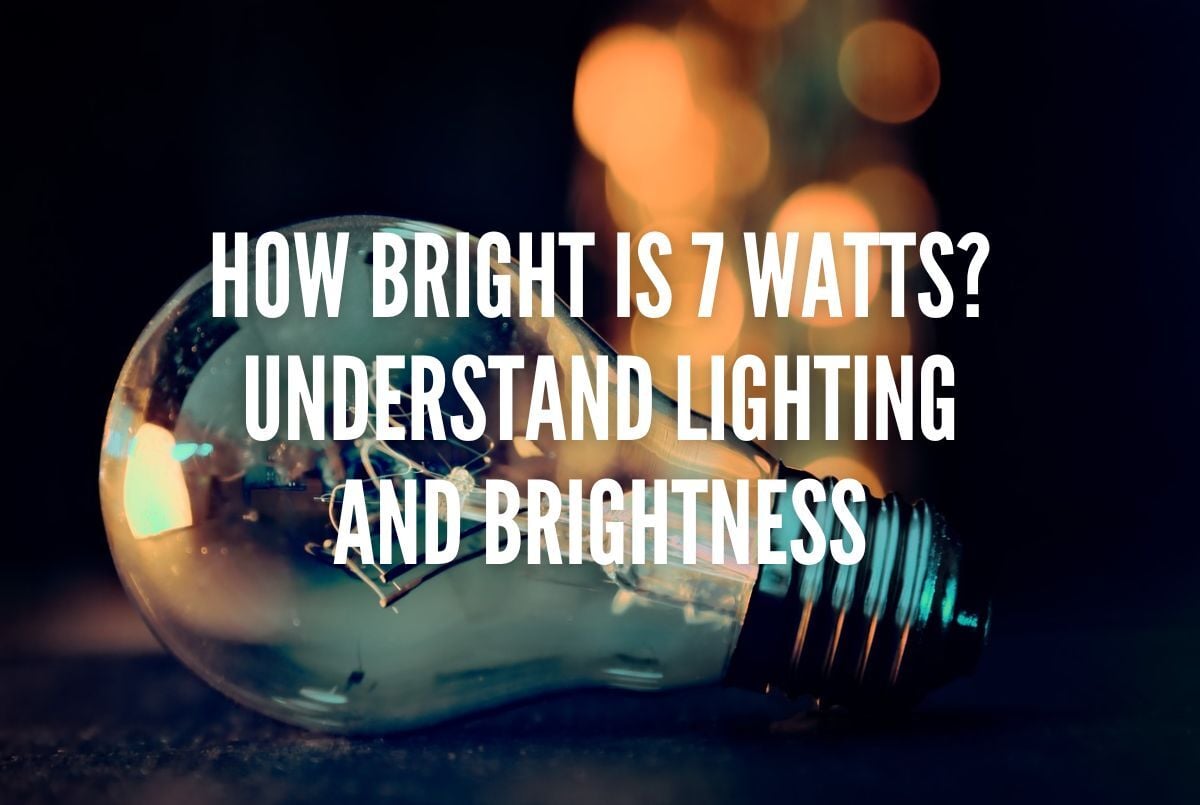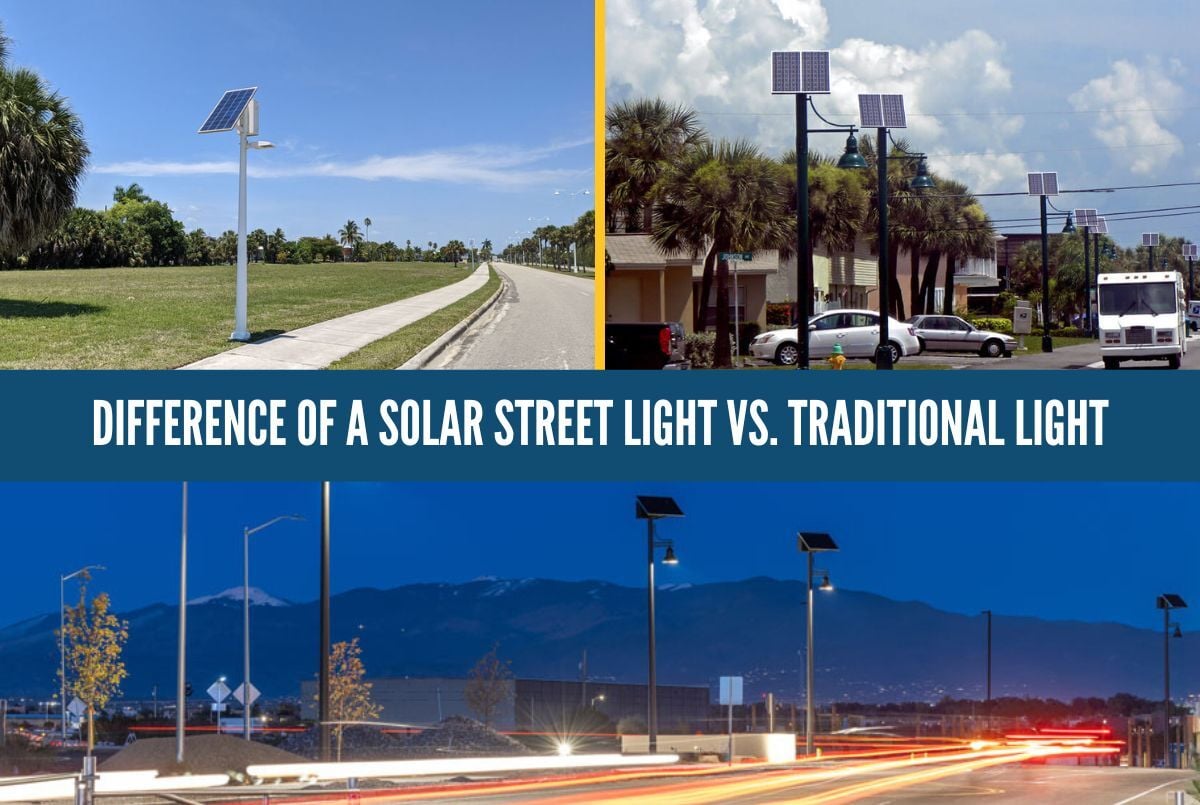FAQ & Resources
Here are some frequently asked questions along with some additional resources for solar lighting and off-grid solar power system designs.
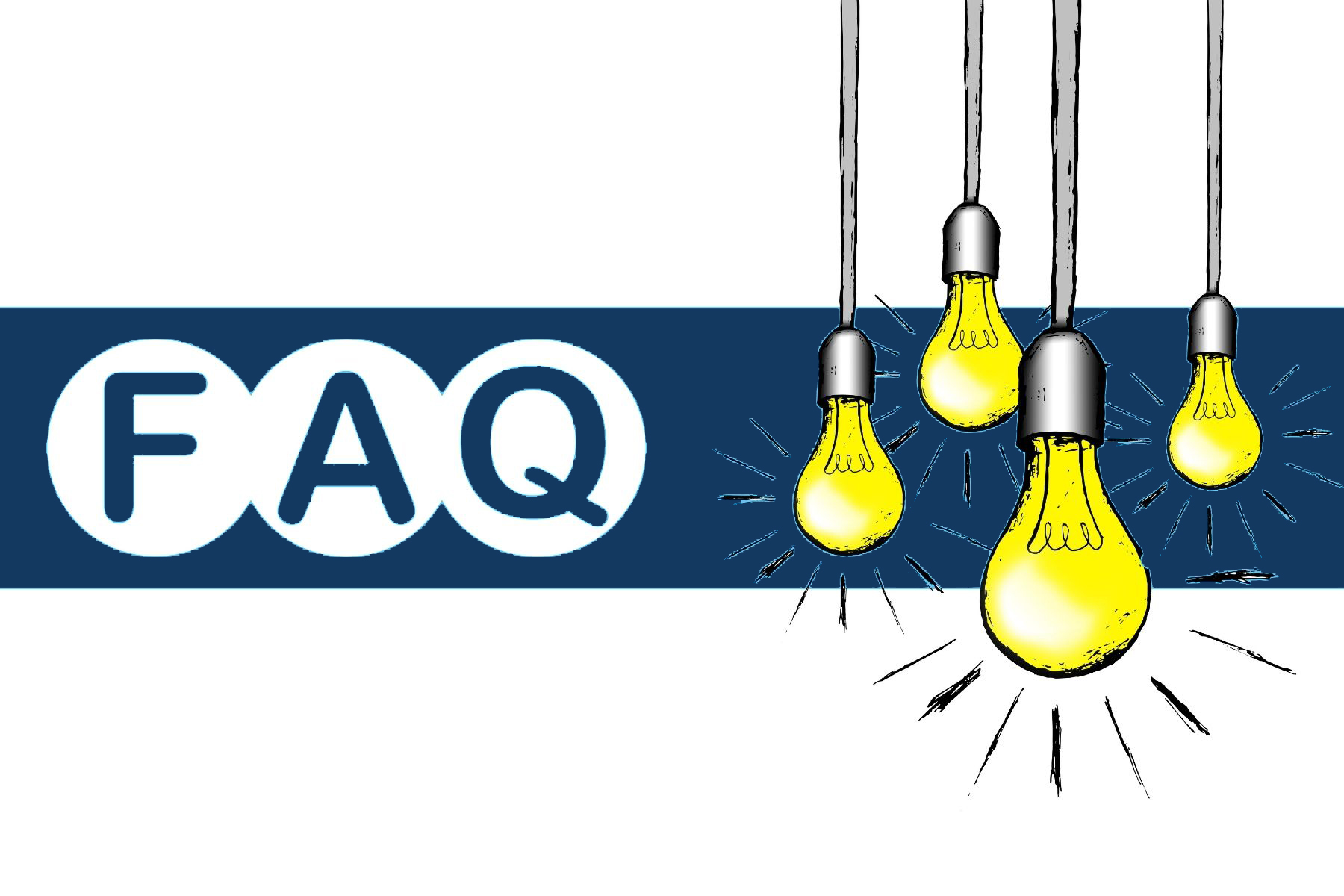
What information do I need for a complete solar lighting design?
- Type of application - Pathways, Roadways, Area, Security, Perimeter, Sign, etc.
- Specific light level requirements
- City or address of the project installation location
- Operation Requirements
Do you have something to match a ___ Watt light fixture?
Wattage is a function of power consumption, not brightness. We look at the lighting requirements and meet those requirements with the needed light output. There is no one-for-one replacement with directional LED fixtures and old-style lamp options such as metal halide, HPS, and LPS fixtures. Learn more about a new way to think about lumens and watts.
Will the solar work when it is cloudy, rainy, or snowy?
SEPCO analyzes the project parameters and sizes of the system in order to have the system work through days of inclement weather. Every system is sized for a minimum of 5 days of autonomy and additional storage options are available for additional security and backup if preferred.
Will the system work if it is shaded during part of the day?
Every system gets its energy directly from sunlight. Any amount of shading during the day will affect the design of the system. If shading is a concern, such as a tree or a system mounted to the North side of a building, please let your solar lighting specialist know and we can discuss special design.
Will the solar lights dim if the battery storage gets too low?
The power designed for the light is for full intensity independent of the battery storage. Dimming only occurs if it is a predetermined function set forth and allowed through the controls for adaptive lighting. We do not use indiscriminate load profiles or dimming options with any of our systems.
Does solar power lighting have limitations within the design?
Solar does have limitations to the design. Solar is usually offered to provide cost savings as well as for environmental reasons. High wattage fixtures require a much larger solar panel that may not be able to be a self-contained unit. Solar is not usually able to operate a light fixture cost-effectively in order to meet light level requirements for banks, car lots, or large six-lane highways. Applications, where solar is feasible, are standard parking, minimum security parking, perimeter areas, and two to four-lane roadways (.20 min to .50 min foot candle).
How long will the lights stay on each night?
The lights can be programmed to operate however the customer specifies. If the operation is dusk to dawn, then the system will turn on at dusk and turn off at dawn, which may be up to 15 hours in the winter. Our systems are sized according to the operation profile along with the load to ensure plenty of solar power is generated during the day to operate the light or powered equipment for the specified amount of time.
What do I have to do to maintain the complete system?
Daily maintenance is not required. The only maintenance needed is when a component is reaching the end of its life cycle. Each component's life cycle can vary depending on environmental conditions. For example:
- Solar panels last approximately 30 years
- Batteries last approximately 5-7 years
- LED fixtures last approximately 50k-100k hours
- Drivers and other electrical components vary from 5 to 15 years
It is important to know that the systems are designed with a 10%-30% power factor to account for dirt and snow build-up. If certain environmental conditions are experienced at the project site, it is important to tell the solar designer so that these factors can be put into the system design.
Does the light fixture need a photocell to operate?
In short, the solar panel and control electronics acts as a photocell. During the day, when the panel is generating power, the controller recognizes this and charges the batteries, keeping the light fixture off. Once the system stops producing power, the light fixture is then activated, drawing power from the batteries.
Can I replace an existing light fixture with a solar light fixture?
Replacing an existing fixture with a solar fixture requires an in-depth analysis from one of our solar lighting specialists. Typically if there is power at the site, it is more cost feasible to install traditional grid lights; however, there are still cases where solar is the more cost feasible choice. Contact your solar lighting specialist to find out more information.
Can I mount the solar package and fixture to an existing light pole?
The existing poles are usually designed for a specific weight and EPA loading. The pole requirements for solar usually require a more substantial pole. Solar is designed with approximately a minimum EPA of 4 to 25 square feet and weighs from 150 to 500 lbs. There are very rare cases where using an existing pole is an option; however, that only typically includes wood utility poles.
Latest Collection
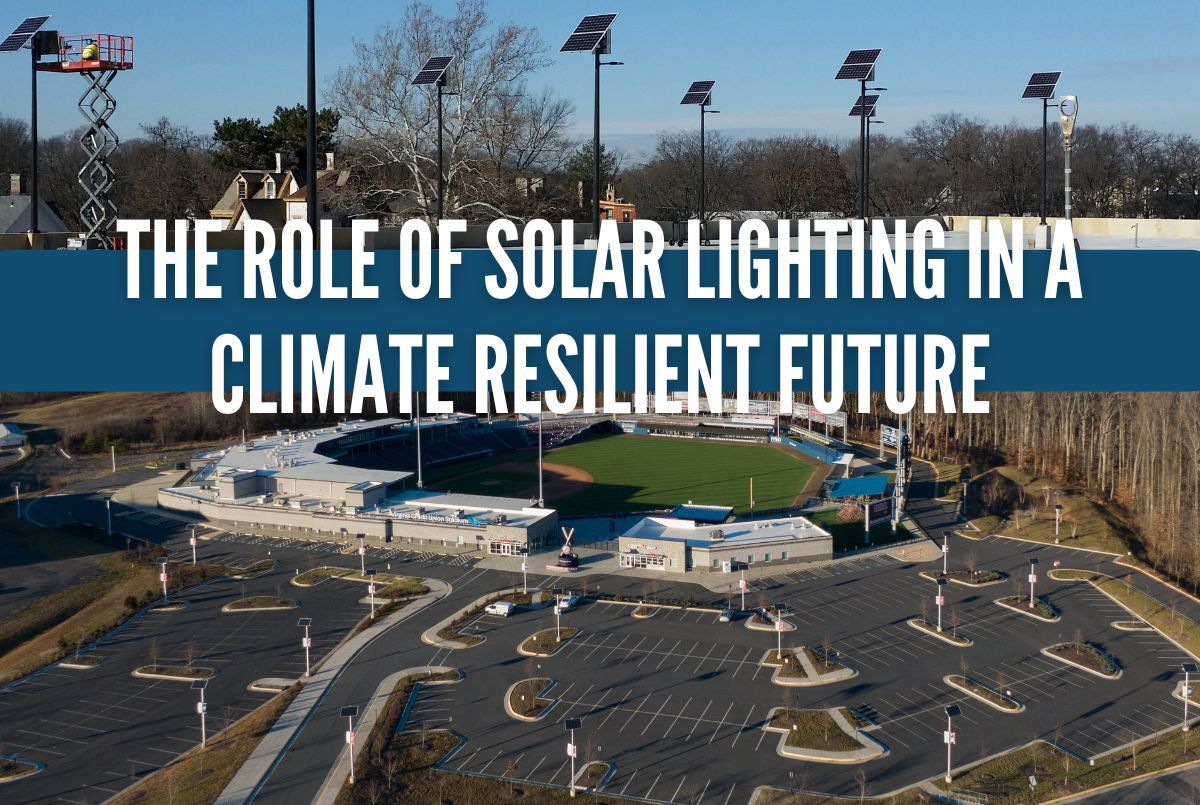
The Role of Solar Lighting in a Climate Resilient Future
As the world grapples with the pressing challenges of climate change, the search for sustainable solutions has never been more crucial. One...

